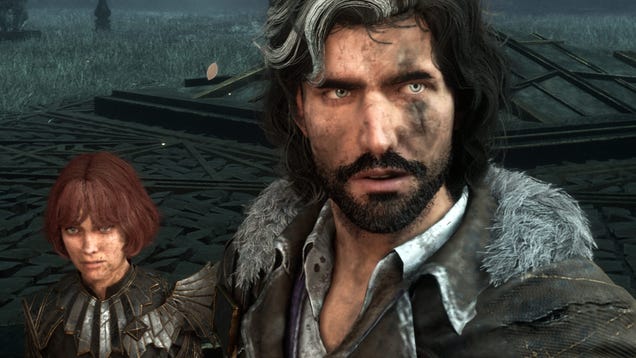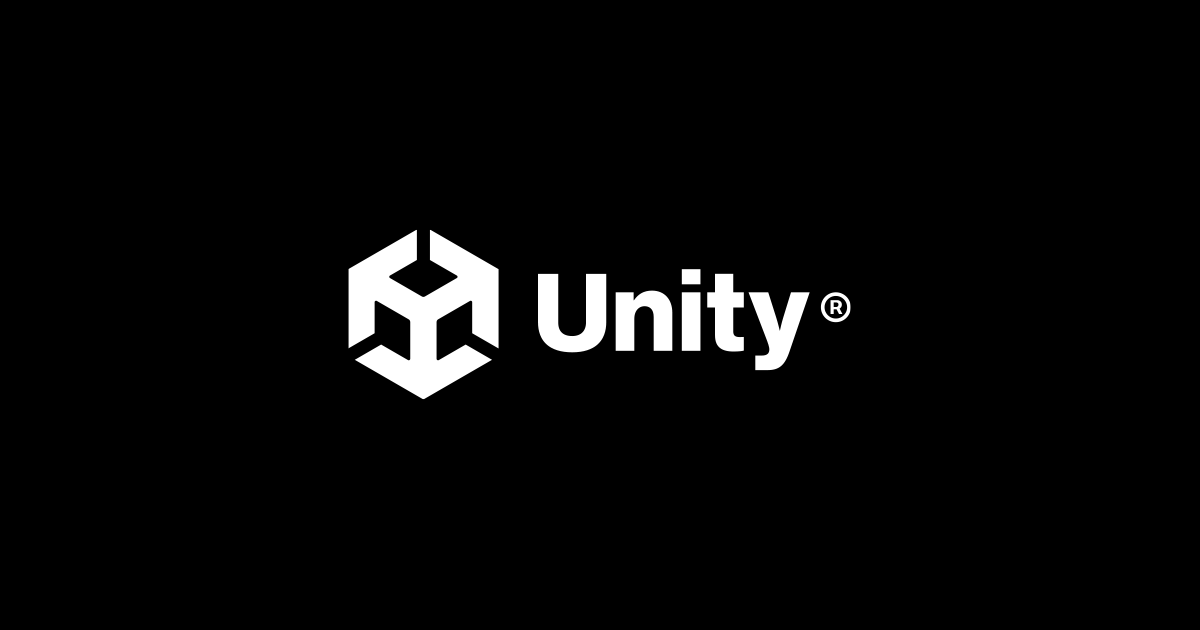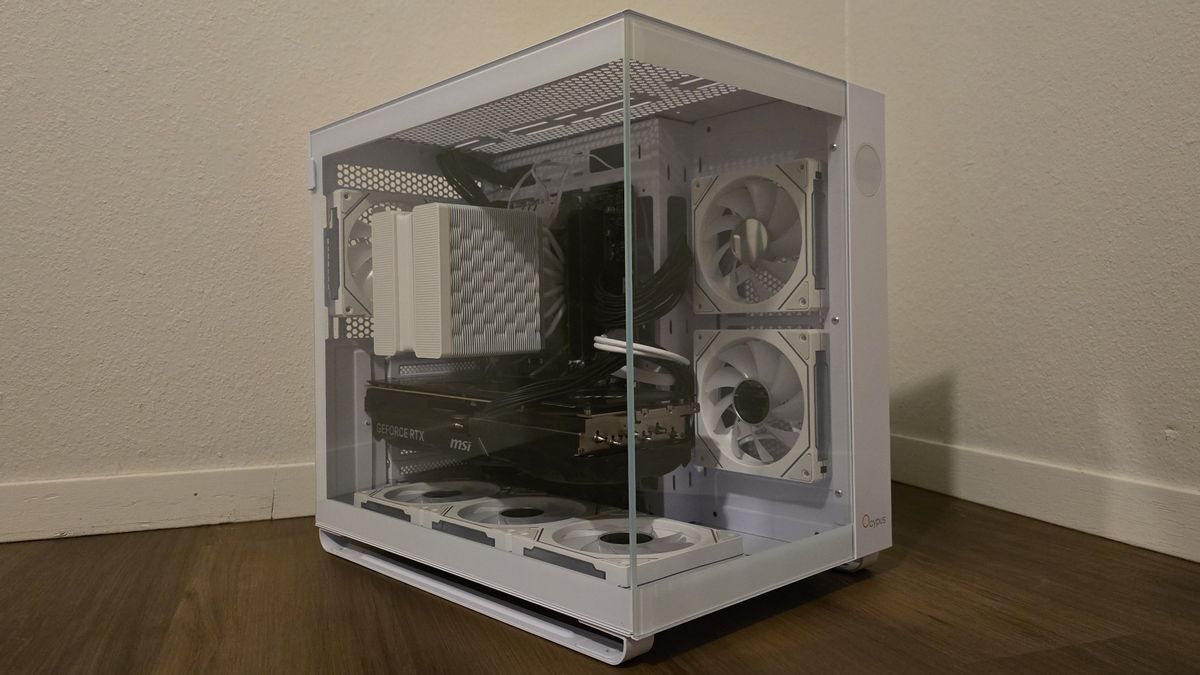A Beginner's Guide To Mastering Verso In Clair Obscur: Expedition 33
ByJustin ClarkPublished4 hours agoWe may earn a commission from links on this page.Screenshot: Sandfall Interactive / Justin Clark / KotakuJump ToNote: This guide contains light spoilers for the end of Act I of Clair Obscur: Expedition 33Suggested ReadingThe Top 10 Most-Played Games On Steam Deck: June 2023 Edition
Share SubtitlesOffEnglishSuggested ReadingThe Top 10 Most-Played Games On Steam Deck: June 2023 Edition
Share SubtitlesOffEnglishThe Top 10 Most-Played Games On Steam Deck: June 2023 EditionIt’s Act II. The plot thickens. Big Daddy Gollum’s still wreaking havoc on your damn team, and the role of Gustave will now be played by Clive Rosfiel—er, Verso. Despite trading the Devil of Hell’s Kitchen for Final Fantasy VIII’s number one simp, it’s a relatively easy transition, but not one without its quirks—and a whole new gimmick to learn. Once you learn that gimmick, and get into some of the deep skills in his tree, though, Verso can become the linchpin of your team. We’ll show you how. Screenshot: Sandfall Interactive / Justin Clark / KotakuSo, one of the things right upfront that eases the Gustave-to-Verso transition is the fact that he immediately inherits all of the weapons you collected as Gustave. Remember back in the day when a party member left, and they’d take all the good armor and weapons with them? God, we lived as savages in the 90s. Anyway, that means you’ve got a nice deep armory of sword options to start with. That said, sticking with Verso’s basic loadout for a bit is the best way to go, given that he’s the only character who can wield Light magic right out of the gate without having to prime the skill. This is handy as all the enemies in the first major area you get to after Verso joins up are weak to Light. You’ll get plenty of practice if you just stay the course of the main story. In addition, it’s not quite his default loadout per se, but the Dualliste boss at the end of that area drops the Dualliso sword. This allows Verso a second turn after a basic attack To get such a weapon so early after obtaining him makes it worth mentioning as a crucial part of his kit, especially because of his... Screenshot: Sandfall Interactive / Justin Clark / KotakuDevil May Cry fans will be right at home with this mechanic. Verso basically just has that game’s ranking system as a gimmick. Very simply, you start at grade D, and landing attacks, dodging, and parrying all add a certain amount of Perfection Points that raise the grade from D, C, B, A, all the way up to S, with points taken away if you take a hit. If you’re willing to take a risk, you can build Verso into a devastating glass cannon. The twist, however, is that while all of Verso’s skills get a damage boost depending on his rank, many of them also have a specific rank where they are enhanced even further. Using an ability tied to a specific letter rank that Verso has achieved enables a secondary effect. This can be anything from earning more Perfection if the attack hits, to dealing more damage, or it can even make expensive skills cheaper. An excellent example here is Verso’s Perfect Break Skill. By itself, it’s a pretty powerful Light attack. However, if you hit it while you’re exactly at Rank B, it only costs five AP to cast. So, while getting to rank S does have its benefits, building your offense around specific ranks—especially in the early goings of Act II—is where the real fun lies. It’s not always about racing to get an S lined up for him.Screenshot: Sandfall Interactive / Justin Clark / KotakuThere’s another running aspect of Verso’s skill tree that, while not necessarily a core gimmick, does deserve shouting out. That’s the fact that there are quite a few skills predicated on sacrificing either health, status, or rank to either benefit the party, or dealing absurd amounts of damage. That’s actually a really well-implemented way to tie combat in with his place in the narrative, but it also means that on top of being able to build a character based around skills hovering around a certain rank, if you’re willing to take a risk, you can build Verso into a devastating glass cannon.Even if you don’t go fully down that road, Berserk Slash should be a permanent skill for any Verso player. It allows him to deal more damage the less health he has left. If you feel like getting extra nuts, pair that up with Overload, and watch Berserk Slash send your enemies screaming into the goddamn Shadow Realm. This is a safer strategy once you get ahold of the Cheater Picto from beating Sprong—and it’s one of those combos that can utterly break the game once you get the Painted Power Picto that removes the 9,999 damage cap. There’s glory waiting for those who can walk the edge of life and death with Verso. But hey, if you’d like to keep your boy safe and still do a number on enemies, there’s plenty of options for that too. As mentioned, the Dualliso blade you get from the Dualliste grants a second turn after a basic attack, Pair that up with Energizing Shotsand Blitz, and you can absolutely monopolize an enemy if you get lucky enough. Pair Strike Storm up with any Pictos that enhance critical hits, and you’re almost always guaranteed to hit Rank S in no time. Once you get into the latter portions of Act II, you can basically just spam that and Perfect Stars—his most powerful Light attack—and you’ll put a whole lotta Nevros in the dirt. In the early going, though, your options will be a bit more limited. Depending how not-adept you are at dodges and parries, it’s perfectly viable to build Verso’s whole loadout around staying at C rank. Berserk Slash and Strike Storm both benefit at that rank, which helps the case, but you can also build Verso as a support character using Leadership and Paradigm Shift. In which case, you’ll want to pick up the Lanceram sword at some point in your journey, since it guarantees you’ll never drop lower than C. Clair Obscur: Expedition 33 is available now on PS5, Xbox Series X/S, and Windows PCs.
#beginner039s #guide #mastering #verso #clair
A Beginner's Guide To Mastering Verso In Clair Obscur: Expedition 33
ByJustin ClarkPublished4 hours agoWe may earn a commission from links on this page.Screenshot: Sandfall Interactive / Justin Clark / KotakuJump ToNote: This guide contains light spoilers for the end of Act I of Clair Obscur: Expedition 33Suggested ReadingThe Top 10 Most-Played Games On Steam Deck: June 2023 Edition
Share SubtitlesOffEnglishSuggested ReadingThe Top 10 Most-Played Games On Steam Deck: June 2023 Edition
Share SubtitlesOffEnglishThe Top 10 Most-Played Games On Steam Deck: June 2023 EditionIt’s Act II. The plot thickens. Big Daddy Gollum’s still wreaking havoc on your damn team, and the role of Gustave will now be played by Clive Rosfiel—er, Verso. Despite trading the Devil of Hell’s Kitchen for Final Fantasy VIII’s number one simp, it’s a relatively easy transition, but not one without its quirks—and a whole new gimmick to learn. Once you learn that gimmick, and get into some of the deep skills in his tree, though, Verso can become the linchpin of your team. We’ll show you how. Screenshot: Sandfall Interactive / Justin Clark / KotakuSo, one of the things right upfront that eases the Gustave-to-Verso transition is the fact that he immediately inherits all of the weapons you collected as Gustave. Remember back in the day when a party member left, and they’d take all the good armor and weapons with them? God, we lived as savages in the 90s. Anyway, that means you’ve got a nice deep armory of sword options to start with. That said, sticking with Verso’s basic loadout for a bit is the best way to go, given that he’s the only character who can wield Light magic right out of the gate without having to prime the skill. This is handy as all the enemies in the first major area you get to after Verso joins up are weak to Light. You’ll get plenty of practice if you just stay the course of the main story. In addition, it’s not quite his default loadout per se, but the Dualliste boss at the end of that area drops the Dualliso sword. This allows Verso a second turn after a basic attack To get such a weapon so early after obtaining him makes it worth mentioning as a crucial part of his kit, especially because of his... Screenshot: Sandfall Interactive / Justin Clark / KotakuDevil May Cry fans will be right at home with this mechanic. Verso basically just has that game’s ranking system as a gimmick. Very simply, you start at grade D, and landing attacks, dodging, and parrying all add a certain amount of Perfection Points that raise the grade from D, C, B, A, all the way up to S, with points taken away if you take a hit. If you’re willing to take a risk, you can build Verso into a devastating glass cannon. The twist, however, is that while all of Verso’s skills get a damage boost depending on his rank, many of them also have a specific rank where they are enhanced even further. Using an ability tied to a specific letter rank that Verso has achieved enables a secondary effect. This can be anything from earning more Perfection if the attack hits, to dealing more damage, or it can even make expensive skills cheaper. An excellent example here is Verso’s Perfect Break Skill. By itself, it’s a pretty powerful Light attack. However, if you hit it while you’re exactly at Rank B, it only costs five AP to cast. So, while getting to rank S does have its benefits, building your offense around specific ranks—especially in the early goings of Act II—is where the real fun lies. It’s not always about racing to get an S lined up for him.Screenshot: Sandfall Interactive / Justin Clark / KotakuThere’s another running aspect of Verso’s skill tree that, while not necessarily a core gimmick, does deserve shouting out. That’s the fact that there are quite a few skills predicated on sacrificing either health, status, or rank to either benefit the party, or dealing absurd amounts of damage. That’s actually a really well-implemented way to tie combat in with his place in the narrative, but it also means that on top of being able to build a character based around skills hovering around a certain rank, if you’re willing to take a risk, you can build Verso into a devastating glass cannon.Even if you don’t go fully down that road, Berserk Slash should be a permanent skill for any Verso player. It allows him to deal more damage the less health he has left. If you feel like getting extra nuts, pair that up with Overload, and watch Berserk Slash send your enemies screaming into the goddamn Shadow Realm. This is a safer strategy once you get ahold of the Cheater Picto from beating Sprong—and it’s one of those combos that can utterly break the game once you get the Painted Power Picto that removes the 9,999 damage cap. There’s glory waiting for those who can walk the edge of life and death with Verso. But hey, if you’d like to keep your boy safe and still do a number on enemies, there’s plenty of options for that too. As mentioned, the Dualliso blade you get from the Dualliste grants a second turn after a basic attack, Pair that up with Energizing Shotsand Blitz, and you can absolutely monopolize an enemy if you get lucky enough. Pair Strike Storm up with any Pictos that enhance critical hits, and you’re almost always guaranteed to hit Rank S in no time. Once you get into the latter portions of Act II, you can basically just spam that and Perfect Stars—his most powerful Light attack—and you’ll put a whole lotta Nevros in the dirt. In the early going, though, your options will be a bit more limited. Depending how not-adept you are at dodges and parries, it’s perfectly viable to build Verso’s whole loadout around staying at C rank. Berserk Slash and Strike Storm both benefit at that rank, which helps the case, but you can also build Verso as a support character using Leadership and Paradigm Shift. In which case, you’ll want to pick up the Lanceram sword at some point in your journey, since it guarantees you’ll never drop lower than C. Clair Obscur: Expedition 33 is available now on PS5, Xbox Series X/S, and Windows PCs.
#beginner039s #guide #mastering #verso #clair
0 Commentarios
·0 Acciones
·0 Vista previa













